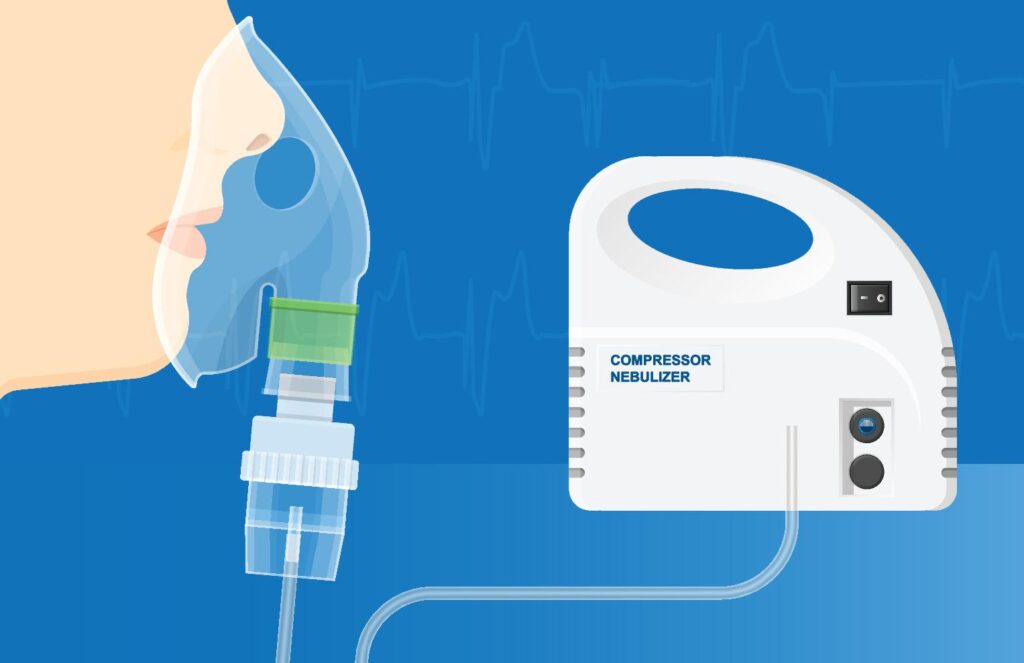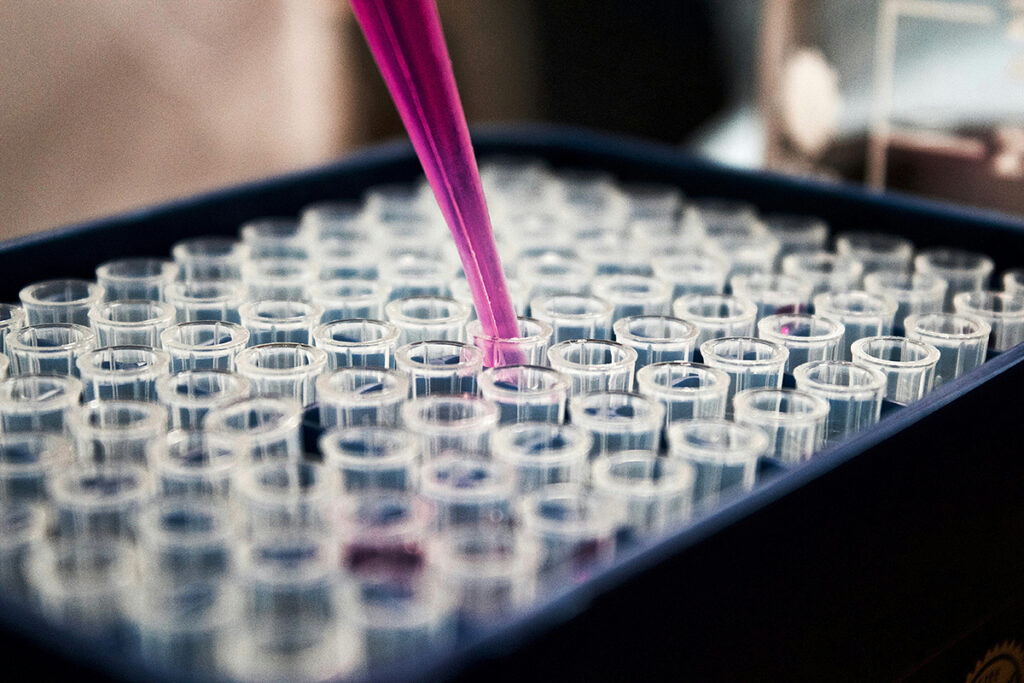General results
In the placebo group, the chances of recovery on day 28 were 3 times lower than in the group receiving nebulized recombinant interferon β-1a. In the placebo group, 35% of patients were discharged on day 28, and in the interferon group, 58% were terminated.
Deaths were only in the placebo group-3 people.
Side effects were also higher in the placebo group: 60% vs. 54%. The most common adverse event was a headache.
Research methods and participants
Scientists from the Universities of Oxford and Southampton (UK) conducted a randomized, double-blind placebo-controlled study in 9 clinics. The researchers compared the effectiveness of recombinant interferon β-1a and placebo for the treatment of COVID-19. The results of the study were evaluated according to the condition of patients on days 15 and 28.
The study involved 98 hospitalized people with confirmed COVID-19. All patients were over 18 years old, and the average age was 57 years. The proportion of men was 59%.
The proportion of patients at risk is 54%. These are people with hypertension, cardiovascular diseases, diabetes, chronic lung diseases, cancer.
The average duration of COVID-19 symptoms before treatment was 10 days (range of variation 7-11 days).
All participants at the start of the study could use a nebulizer with a mouthpiece – these people were not connected to artificial respiration devices and were not in the intensive care unit.
Each participant received a placebo or recombinant interferon β-1a at a dose of 6 million UNITS once a day for 14 days.
Randomization and masking
Each participant was assigned a unique identification number. According to the double-blind randomization schedule, all patients were randomly divided into 2 equal treatment groups: active treatment with interferon or placebo. Simple randomization was carried out manually with the use of sealed envelopes.
The compared drugs of recombinant interferon β-1a and placebo were identical in appearance. The preparations were presented in the form of ready-to-use aqueous solutions in pre-labeled syringes.
Condition assessment
Before the start of the study, medical history and demographic data were collected for all patients.
Treatment dynamics were evaluated on the WHO Ordinal Scale for Clinical Improvement (OSCI):
- 0-not infected: no clinical or virological evidence of infection;
- 1-outpatient: no restriction of activity;
- 2-outpatient: limitation of activity;
- 3-mild disease: without oxygen therapy;
- 4-mild illness: oxygen through a mask or nasal cannula;
- 5-severe illness: non-invasive ventilation or high-flow oxygen;
- 6-intubation and artificial ventilation;
- 7-additional support for vital organs;
- 8-death.
All patients were evaluated twice a day for OSCI, signs of confusion, blood tests, respiratory rate, oxygen saturation, pneumonia assessment, electrocardiogram, and side effects of treatment. If necessary, a chest X-ray was taken.
Detailed initial parameters of the study:
|
Comorbidities |
Placebo group |
IFN group |
| Number of patients in serious condition (OSCI ≥4) by the beginning of the study |
58% |
77% |
| Diabetes |
33% |
12% |
| Cardiovascular disease |
30% |
19% |
| Hypertension |
41% |
69% |
| Chronic lung disease |
44% |
42% |
| Cancer |
4% |
0% |
|
Initial disease severity |
||
| No restriction |
2% |
0% |
| Restrictions |
2% |
0% |
| Hospitalized without oxygen therapy |
38% |
23% |
| Oxygen through a mask or nasal cannula |
28% |
36% |
| Non-invasive ventilation |
2% |
2% |
|
Smoking status |
||
| Current smoker |
2% |
2% |
| Former smoker |
32% |
23% |
| Never smoked |
66% |
75% |
Detailed results
The chances of improvement on the OSCI scale at day 15 were more than twice as high in the interferon group as in the placebo group (odds ratio [OR] 2.32 [95% confidence interval [CI] 1.07 – 5.04 ]; p = 0.033).
The chances of improvement on the OSCI scale at day 28 were more than 3 times higher in the interferon group than in the placebo group (OR 3.15 [95% CI 1.39 – 7.14]; p = 0 · 006) …
Three patients died during the study. All deaths occurred in patients in the placebo group, so no modeling analysis was performed.
In the placebo group, between the first dose and day 16, 22% of patients developed a severe illness or died (OSCI ≥5). Moreover, in 10% of cases, patients underwent intubation or died (OSCI ≥6).
In the group receiving interferon, only 13% of patients developed a severe coronavirus infection (OSCI ≥5). Moreover, in 6% of cases, patients underwent intubation (OSCI ≥6). Inhalation with recombinant interferon β-1a reduced the likelihood of severe illness or death by 79% (OR 0.21 [95% CI 0.04 – 0.97]; p = 0.046).
Over the 14-day treatment period, patients in the interferon group were more than twice as likely to recover as those in the placebo group: 44% versus 22% (hazard ratio [HR] 2.19 [95% CI 1, 03 – 4.69]; p = 0.043).
On day 28, 58% of patients in the interferon group and 35% in the placebo group recovered. The chances of recovery on day 28 were more than three times higher in the interferon group than in the placebo group (OR 3.58 [95% CI 1.41-9.04]; p = 0.007).
Patients who received interferon showed more remarkable improvement on the Breathlessness Cough And Sputum Scale (BCSS)The reduction in dyspnea was more significant in the interferon group than in the placebo group (difference –0.6 [95% CI –1.0 to –0.2]; p = 0.007). The decrease in cough and sputum production was not statistically significant in both groups.
Conclusions
The study confirmed the assumption that interferon β-1A in SARS-CoV-2 improves the antiviral response and supports lung function.
The inhaled drug delivery method made it possible to achieve high concentrations of interferon-β in the lungs, which led to a stable local antiviral response while limiting the systemic effects of interferon-β.



